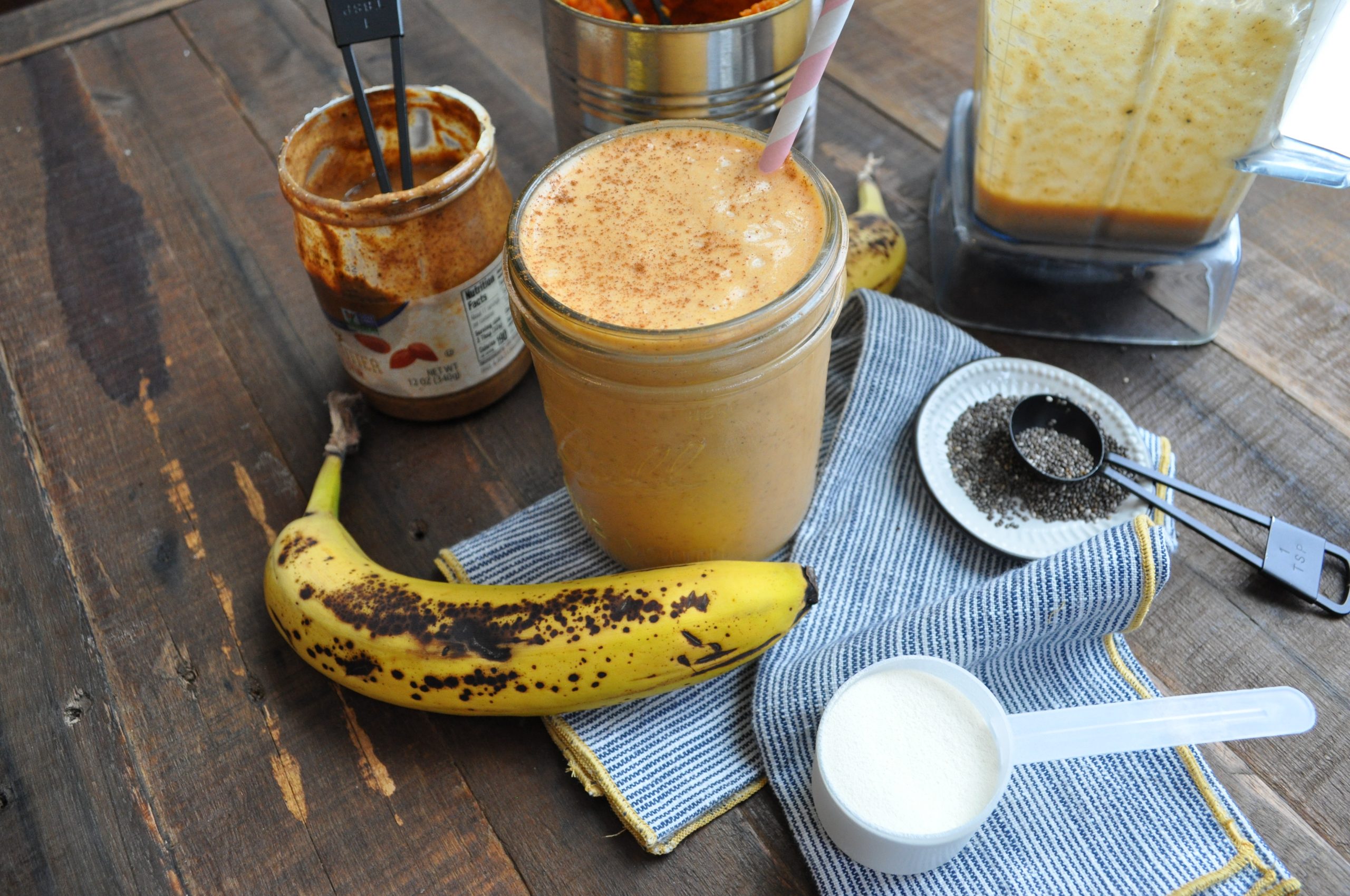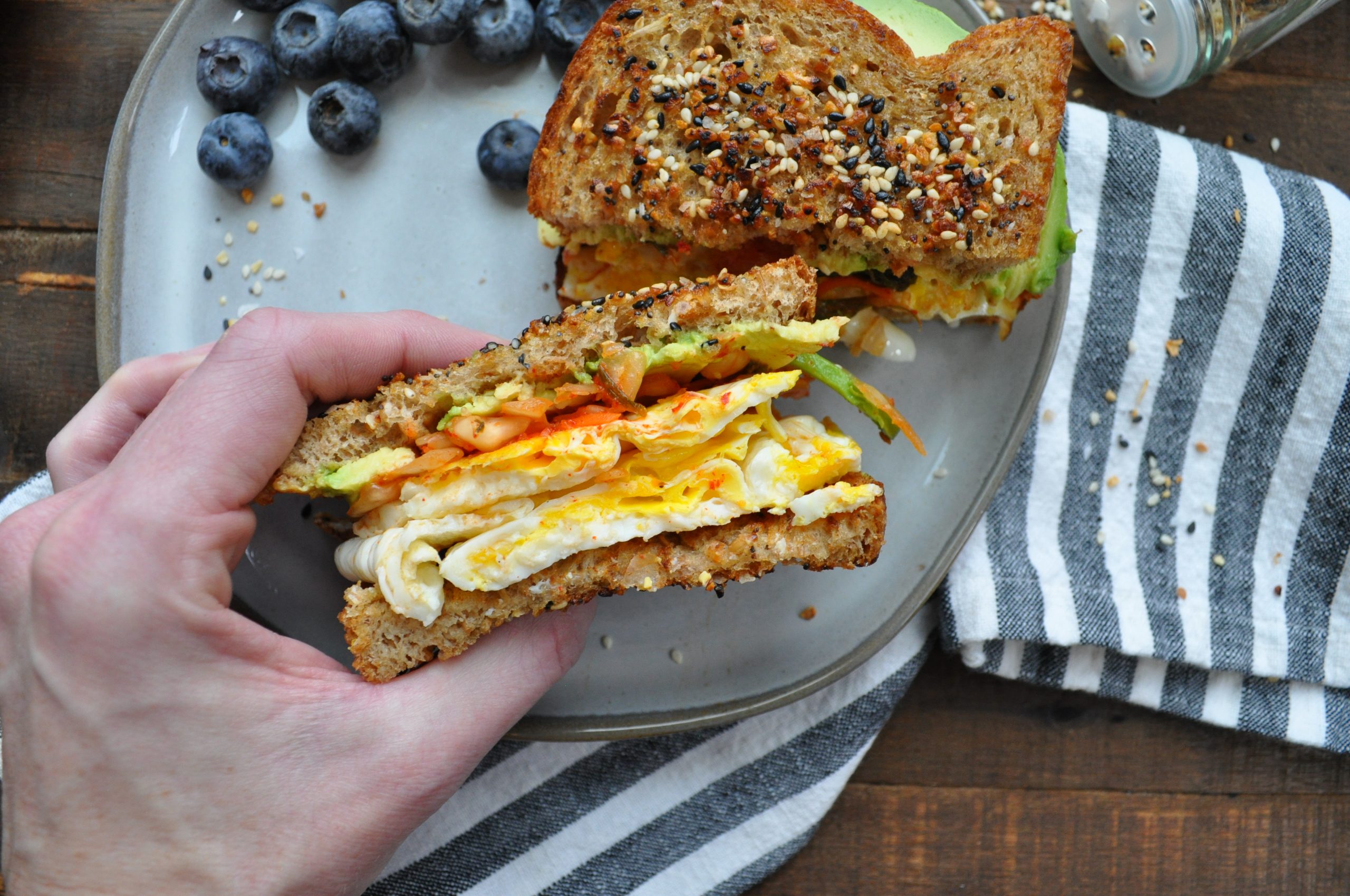Recovery Series Part I: Recovery Nutrition for Runners
Our previous few blog posts focused on how you can optimize your performance by fueling during and after short and long runs, strength workouts, two-a-days, and races. As important as pre-training and race fueling is, you’re not going to get the gains you’re seeking unless you are closing the loop by recovering properly afterward. So in this new series, we’ll look at how nutrition plays into recovery, which supplements can help you bounce back quicker, and what you need to do differently when trying to prevent or recover from injury.
What errors do you see in post-run recovery nutrition?
Just as with fueling before and during runs, the biggest mistake anyone could make with post-exercise nutrition is not doing it at all because it will leave your tank empty and undermine the recovery process. Other issues come from allowing chance and circumstance to dictate when you eat for recovery and when you don’t. During the week you might skip it because you’re cramming training in between work and family commitments, while on the weekends you’re more diligent. I totally understand, but inconsistent behavior will leave you with erratic results.
Another issue is trusting your appetite to guide your recovery nutrition. Research suggests that exercise reduces production of ghrelin, the hormone that stimulates appetite, and elevates levels of GLP-1 and PYY, which suppress it. So that’s why we see the counterintuitive thing where you’ve just done a long or intense run but don’t feel hungry, which might lead to you not eating. If you’ve had any kind of GI distress, this could be compounded. But as we’re about to see, skipping post-exercise nutrition is never a good idea and you need a plan, instead of putting too much faith in what your body is telling you.
What are the goals of recovery nutrition?
Once you know that you should be refueling for recovery, it’s time to start thinking about what to eat and when. There’s an ongoing debate in the research about whether 3:1, 4:1, or some other magic ratio of carbs to protein is optimal recovery for training. But ultimately, this is highly situational and misses the larger point that you need to be getting sufficient amounts of both macronutrients at the right time to meet the three main goals of post-run or post-workout nutrition:
-
Restock glycogen stores that have diminished during training
-
Support repair of muscle fibers that are partially broken down during exercise
-
Stop muscle breakdown (catabolism)
A meta-analysis of previous studies published in Medicine & Science in Sports & Exercise compared the effects of consuming protein (PRO) or carbs (CHO) alone on glycogen replenishment to ingesting both after training. The authors concluded that “Glycogen synthesis rates are enhanced when CHO-PRO are coingested after exercise compared with CHO only when the added energy of protein is consumed in addition to, not in place of, carbohydrate.”
In other words, it’s key to get enough of both these macronutrients throughout the day, with extra carbs and protein after training to both refill glycogen stores and trigger muscle protein synthesis. Even if the foods you eat and/or supplements you take have the right carb-to-protein ratio (which hasn’t really been decided), you won’t be recovering well unless you’re also taking in sufficient total energy. What that first paper found about combining protein and carbs to improve glycogen replenishment also applies to muscle repair. One study showed that by adding carbohydrates to our post-run protein, participants increased their muscle protein synthesis by 36 percent.
Why might I need more protein?
Studies have shown that we lose between three and eight percent of muscle mass every decade after we turn 30. But this only goes for people leading a sedentary lifestyle. A team of Danish researchers investigated the impact of regular resistance training and concluded that it “can counteract the age-related changes in function and morphology of the aging human skeletal muscle.” If you’re over 40 and looking to slow the age-related decline in muscle mass, pairing strength training, running, and nutrition can help, but only if you consume enough energy.
We already covered the need for more carbs in a previous post. A paper published in PLOS ONE discovered that endurance athletes need 77 percent more protein than sedentary people, and suggested that you consume up to 1.83 grams per kilogram of bodyweight. This indicates that there isn’t a one-size-fits-all approach to recovery nutrition – your size counts, as does the duration and intensity of your training and, as we’ll see shortly, when you eat after training.
The protein needs discussed in that paper can be elevated if you’re an older runner because although your muscles’ response to exercise remains the same, your body’s uptake of protein diminishes over time. A study published in the British Journal of Nutrition emphasized that to support muscle recovery, younger athletes need 25 to 30 grams of complete protein after training, while older ones require close to 40 grams.
What's the best timing for post-training nutrition?
It’s not just the total amount of protein & carbs that’s important, but also the timing of it. Delaying recovery nutrition reduces glycogen replenishment – by as much as 50 percent according to some research – meaning you’ll be running on a low gas tank next time you train. Waiting too long to eat also hinders muscle repair. Such a delay can leave you feeling excessively sore, increase fatigue, decrease muscle mass, impair immunity, and impact your mood. Over the long term, it could increase your injury risk and mimic the effects of overtraining.
To avoid such issues, research suggests that there are two recovery windows that we can take advantage of. The first is within 30 to 60 minutes after training, when glycogen and muscle protein synthesis potential both peak, and the second is the rest of the day. It’s important to know that this doesn’t only go for “hard” sessions. Just as you need to fuel before every run, recovery nutrition that focuses on a combination of carbs and protein in both these windows is also essential after all runs and workouts.
What should good recovery meals & snacks look like?
The easiest way to nail your recovery nutrition is when a regularly scheduled meal quickly follows your session, such as a pre-lunch run or before-dinner gym workout. In which case, you can meet your macronutrient needs by combining a protein source like meat, eggs, fish, or cheese with carbs like pasta, rice, potatoes, or bread (check out some recipe ideas here). One of my go-to choices is the EBTB egg sandwich from my Fuel It Up E-Cookbook, as it’s easy to make, contains plenty of carbs, and packs a protein punch. If you want to nerd out further, play around with our Recovery Calculator to see how much carbs & protein you need for post-run/workout recovery.
If you aren’t going to be able to make a meal within an hour of finishing training, then have a quick option on hand so you don’t miss out on the first recovery window. This is how the shower shake concept was born– so if you’re pushed for time, you can mix protein powder, milk or milk alternative, fruit, and – if you want some extra healthy fat – nuts or seeds, and drink it all down in the shower. If you are on-the-go, pack your liquid + protein powder + carb mix, shake it up and drink it on the way home from where you go to do your long runs, track sessions, or gym workouts. Hot tip: Shower shakes taste better in our Featherstone Nutrition blender bottle.
Remember though that while a protein shake is ideal for starting the refueling process within the 30 minutes immediately after training, it’s not a meal. So you’ll need to either get breakfast, lunch, or dinner 60-90 minutes later, or get another snack that contains protein and carbs to continue helping your body restore and repair. You could also break down your recovery nutrition into two smaller meals, depending on what your calendar and food access dictate. I like the convenience of having a whole batch of homemade bars, bites, or muffins in my fridge or freezer, which I can pair with fruit, Greek yogurt, toast, and other convenient options to get my recovery going between meals.
Don’t forget to include hydration in your recovery nutrition strategy. Researchers from Florida International University found that dehydration increased muscle soreness, which shows the importance of hydrating before, during, and after training. If you’ve sweat a lot too, be sure to replenish electrolytes, particularly sodium, as well. Not sure how much fluid you need? Check out my handy hydration calculator.
If you start regularly nailing your recovery nutrition, the a-ha moments will likely begin. You may notice a quicker bounce back between sessions, increased lean muscle mass, less soreness, faster times, improved energy and mood levels, and fewer injuries. Remember to include plenty of protein and carbs, always refuel after every training session, and be prepared with your nutrition so you don’t sacrifice your recovery to the chaos of your calendar.
Need help to nail your recovery nutrition? Check out our Recovery page w/ Recovery Calculator, 1-on-1 and group coaching options.
Check back soon for part two, in which we’ll riff on the role of supplements in recovery nutrition.
1. Lee M Margolis et al, “Coingestion of Carbohydrate and Protein on Muscle Glycogen Synthesis after Exercise: A Meta-Analysis,” Medicine & Science in Sports & Exercise, February 2021, available online at https://pubmed.ncbi.nlm.nih.gov/32826640. 2.BD Roy, “Effect of Glucose Supplement Timing on Protein Metabolism after Resistance Training,” Journal of Applied Physiology, June 1997, available online at https://pubmed.ncbi.nlm.nih.gov/9173954. 3.H Klitgaard et al, “Function, Morphology and Protein Expression of Ageing Skeletal Muscle: A Cross-Sectional Study of Elderly Men with Different Training Backgrounds,” Acta Physiologica Scandinavica, 1990, available online at https://pubmed.ncbi.nlm.nih.gov/2275404/. 4.Hiroyuki Kato et al, “Protein Requirements Are Elevated in Endurance Athletes after Exercise as Determined by the Indicator Amino Acid Oxidation Method,” PLOS ONE, June 20, 2016, available online at https://www.ncbi.nlm.nih.gov/pmc/articles/PMC4913918. 5.Yifin Yang et al, “Resistance Exercise Enhances Myofibrillar Protein Synthesis with Graded Intakes of Whey Protein in Older Men,” British Journal of Nutrition, November 2012, available online at https://pubmed.ncbi.nlm.nih.gov/22313809. 6. Michelle A Cleary et al, “Dehydration and Symptoms of Delayed-Onset Muscle Soreness in Normothermic Men,” Journal of Athletic Training, 2006, available online at https://pubmed.ncbi.nlm.nih.gov/16619093.
Disclaimer: The content in our blog articles provides generalized nutrition guidance. The information above may not apply to everyone. For personalized recommendations, please reach out to your sports dietitian. Individuals who may chose to implement nutrition changes agree that Featherstone Nutrition is not responsible for any injury, damage or loss related to those changes or participation.



